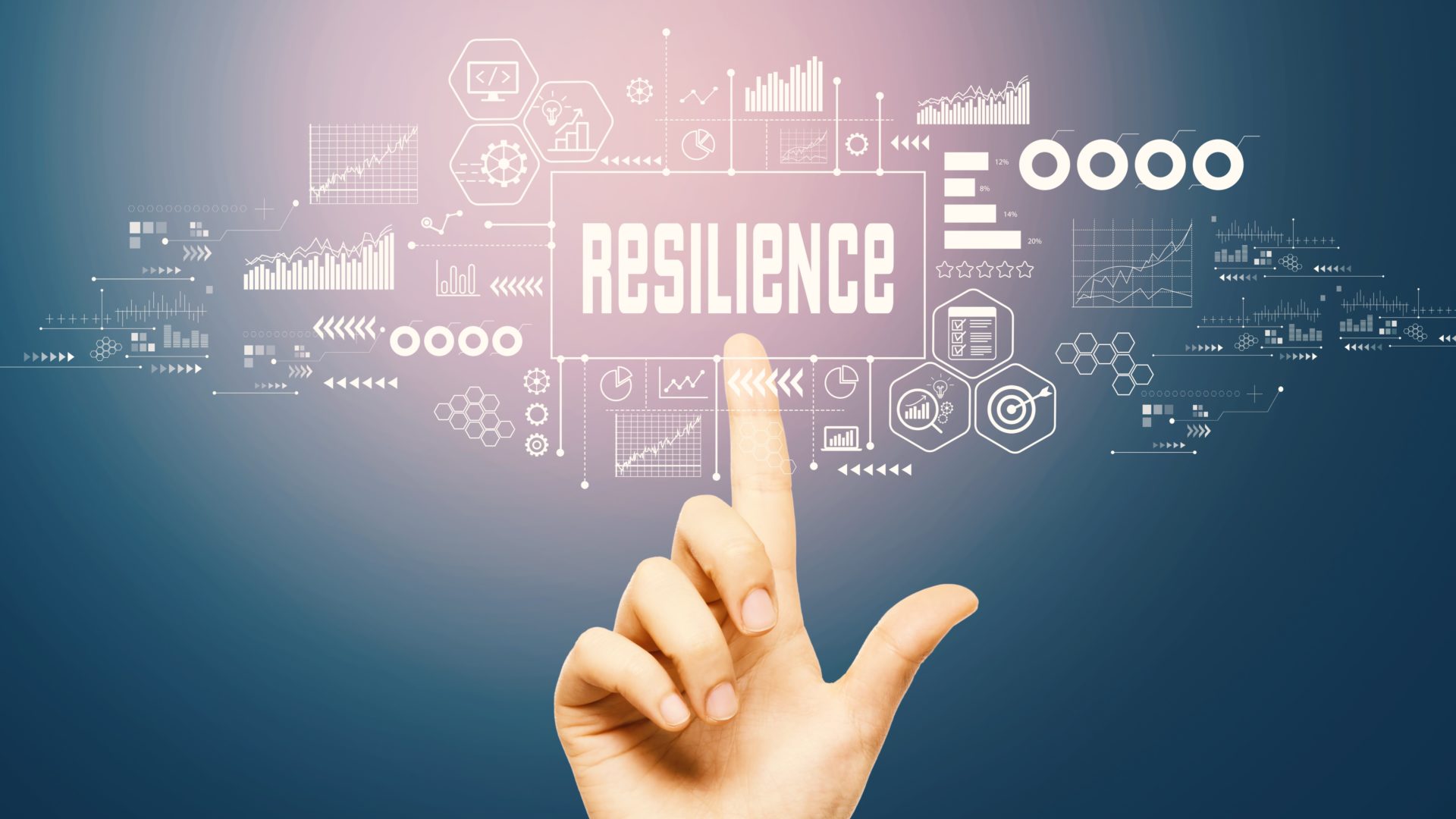
While there’s no doubt climate change is a universal challenge affecting us all, it certainly does not affect us all equally. We know marginalised and poor communities are more vulnerable to environmental hazards, and in an increasingly unequal world, climate change is widening the gap; exacerbating existing inequalities and creating new ones.
As we enter a new era of climate change adaptation that focuses on nature-based and sustainable solutions for long-term resilience, it’s an important opportunity to incorporate climate justice as part of a new approach.
Current and future climate risks are not evenly spread across a geographical area. While the hazard may be consistent across the area, it’s the socio-economic context affecting exposure and vulnerability that will determine the real impact of that hazard on individuals and communities.
This can be understood through an intersectional approach to climate change adaptation.
The term ‘intersectionality’ has its roots in black feminist activism, articulating the cumulative impact of multiple forms of discrimination and disadvantage.
It is now used more broadly, and in the context of climate risk, intersectionality can be used to refer to the multiple, complex and interconnected factors that contribute to a community’s vulnerability to environmental hazards.
Vulnerability factors
Climate change is affecting different parts of the world in different ways, but many vulnerability factors are common.
In Edinburgh UK, AtkinsRéalis worked with the British Red Cross to identify vulnerability factors to be considered in climate adaptation planning. In relation to flooding, we found that people with existing health conditions and mobility issues, as well as older people, may find it more difficult to evacuate, and are less likely to be able to take precautions before a flood event.
Migrant communities where English is not the first language were also more vulnerable, as they may have issues accessing flood warnings, or not know how to take action. Housing in areas with low green infrastructure and basement flats is more vulnerable to surface water flooding, and those in social or rented housing are more vulnerable because they have less agency to adapt their home.
As part of a vulnerability mapping project with Oxfordshire County Council in the UK, we also found that the same communities, with high indices of multiple deprivation, were the most vulnerable to both extreme heat and flooding.
Some 8000km across the world, in Bangladesh, in addition to devastating flooding, average temperatures have risen sharply since 2000, and are projected to continue rising. In June 2023, Bangladesh experienced its longest heatwave, with temperatures exceeding 40°C in many cities.
Without adaptation, extreme heat will increase mortality, limit productivity and economic growth. In denser urban areas, smaller, high-rise offices are at greater risk of overheating, affecting health and productivity in cities across Bangladesh and other developing countries.
Those working outside as construction workers, street-food sellers, or rikshaw operators, for example, are at higher risk of heat-related health issues and loss of productivity; as are pregnant and menopausal women. Analysis by AtkinsRéalis suggests a 5.6 – 7.5% increase in mortality, and a 1.6%-2.3% reduction in urban GDP for ‘medium’ and ‘high’ climate scenarios in Bangladesh by the 2050s.
A people-centred approach

While disparate regions face contrasting climate challenges, wherever we are in the world, and whatever environmental hazards present themselves, the intersectionality of vulnerability is a common thread. By looking beyond infrastructure and landscape, and focusing on people, we have found a common approach to this universal challenge.
Identifying the most vulnerable and examining the factors that make them vulnerable, enables us to design targeted nature-based and engineered solutions, and build business cases to attract investment and deliver resilience and enhance biodiversity.
Resilient, nature-positive design must be multifaceted in order to address multiple risks, recognise opportunities, and generate multi-benefits. We should utilise everything in our toolbox to tackle the climate crisis and biodiversity loss while addressing inequality; integrating mapping data from climate models and satellite data with global opensource data and local socio-economic data.
We also need to consider what complementary interventions could help the most vulnerable, such as adaptations to the built environment, awareness raising, practical healthcare interventions, and advocating for enhanced labour laws, so people aren’t forced to work in extreme heat, for example.
In order to build climate resilience in line with climate justice, the two must be considered in parallel through a people-centred and intersectional approach that identifies, targets and protects the most vulnerable in society.



